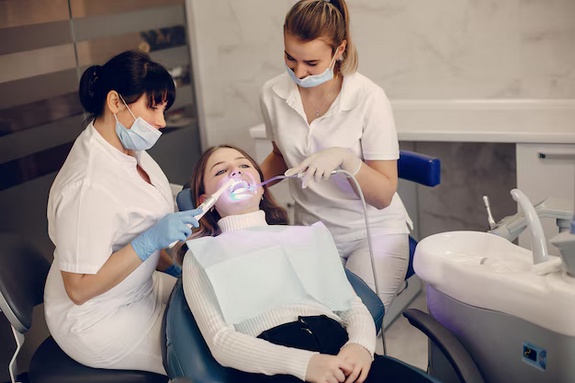Introduction
Corrective jaw surgery, also known as orthognathic surgery, is a transformative procedure aimed at correcting various facial and dental irregularities. This surgical intervention goes beyond aesthetics, often addressing functional issues such as difficulty chewing, breathing problems, and speech impediments. Through advancements in medical technology and surgical techniques, corrective jaw surgery has become a life-changing solution for individuals seeking to improve both their appearance and quality of life.
Understanding Corrective Jaw Surgery
Corrective jaw surgery is a complex procedure that involves realigning the jaws to improve their functionality and aesthetics. It is typically recommended for individuals with severe malocclusions (misalignments of the teeth and/or jaws), congenital jaw abnormalities, or facial asymmetry. Before proceeding with surgery, patients undergo comprehensive evaluations, including imaging tests such as X-rays, CT scans, and dental impressions, to assess the extent of the condition and plan the surgical approach.
The Surgical Process
The surgical process begins with general anesthesia to ensure the patient's comfort throughout the procedure. Surgeons then make precise incisions inside the mouth to access the jawbones. Depending on the specific needs of the patient, the surgeon may reposition the upper jaw (maxilla), lower jaw (mandible), or both to achieve proper alignment. In some cases, bone grafts or orthodontic appliances may be utilized to enhance the stability and long-term success of the surgery.
Recovery and Rehabilitation
Following corrective jaw surgery, patients require a period of recovery and rehabilitation. Initially, they may experience swelling, discomfort, and restricted jaw movement, which can be managed with pain medication and a soft diet. Gradually, as the healing progresses, patients can resume normal eating habits and oral hygiene practices. Additionally, post-surgical orthodontic treatment may be necessary to fine-tune the bite and ensure optimal alignment of the teeth.
Benefits of Corrective Jaw Surgery
The benefits of corrective jaw surgery extend far beyond cosmetic enhancements. By addressing underlying structural issues, this procedure can significantly improve facial harmony, dental occlusion, and overall oral function. Patients often report enhanced self-confidence and quality of life following surgery, as they no longer have to cope with the physical and emotional challenges associated with jaw abnormalities. Moreover, correcting bite problems can prevent future dental complications such as tooth wear, temporomandibular joint (TMJ) disorders, and gum disease.
Considerations and Risks
While corrective jaw surgery offers numerous benefits, it is essential for patients to be aware of potential risks and complications associated with the procedure. These may include temporary numbness or tingling in the face, infection, bleeding, and rare instances of nerve damage. However, with careful preoperative planning, meticulous surgical technique, and diligent postoperative care, the likelihood of adverse outcomes can be minimized.
Patient Experience and Testimonials
The decision to undergo corrective jaw surgery is deeply personal and often accompanied by apprehension and uncertainty. Hearing firsthand accounts from individuals who have undergone the procedure can provide valuable insights and reassurance. Many patients describe their experiences as life-changing, emphasizing not only the physical transformations but also the newfound confidence and improved quality of life that result from corrected jaw alignment.
Conclusion
Corrective jaw surgery represents a transformative journey for individuals with facial and dental irregularities, offering the promise of enhanced aesthetics, functionality, and self-confidence. Through advances in surgical techniques and interdisciplinary collaboration between oral surgeons, orthodontists, and other healthcare professionals, this procedure has become increasingly safe and effective. By understanding the surgical process, benefits, and potential risks, patients can make informed decisions about pursuing corrective jaw surgery as a means of transforming their faces and unlocking a brighter, more confident future.
In conclusion, corrective jaw surgery exemplifies the remarkable intersection of medicine and art, where skilled surgeons sculpt not only bone but also lives, restoring harmony and confidence one smile at a time.


No comments yet